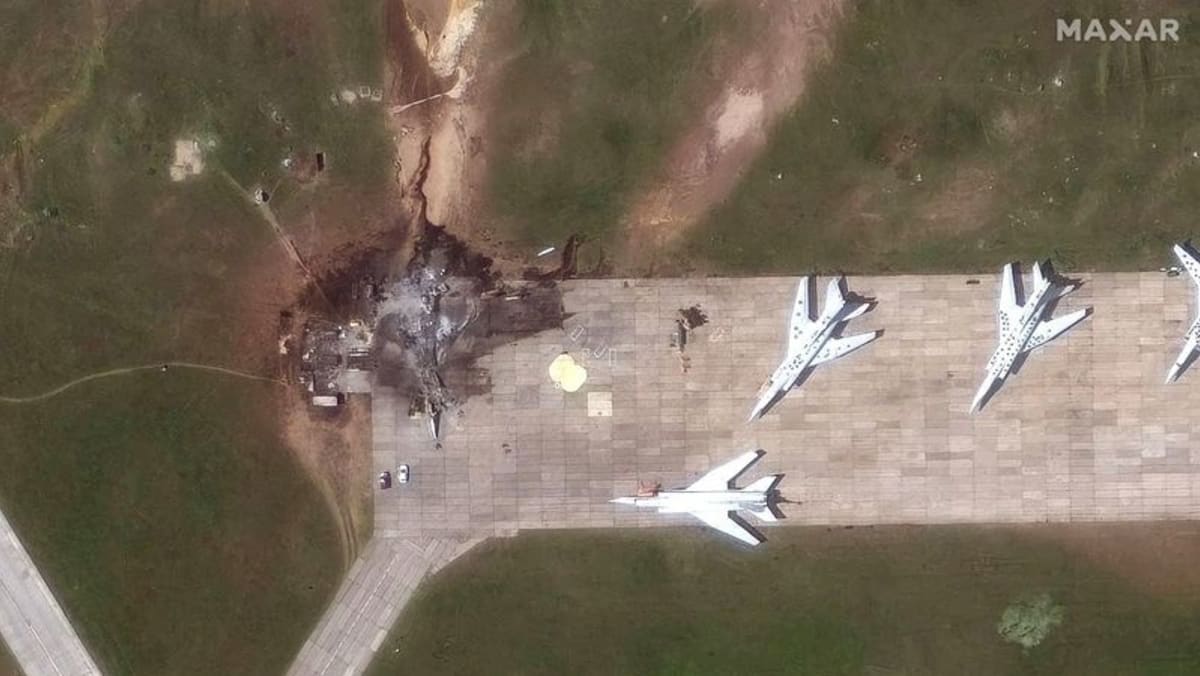HEADACHE TO DEFEND AGAINST
So what are the options for militaries seeking to protect valuable assets if conventional air defences would struggle to detect and destroy such drones?
There are a range of anti-drone systems (or Counter Unmanned Aircraft Systems, C-UAS) available, ranging from guns and missiles to electronic jammers that disrupt the signals between the drone and its operator. Other solutions are also being developed, such as the use of laser (directed energy) weapons to destroy the drone.
Each has its downsides, however.
Missiles are an expensive way to down drones that can be cheaper by orders of magnitude, while they, like guns, are limited by the amount of ammunition each system can be carried.
Directed energy weapons have high power requirements which means they tend to have a large physical footprint. Japan has built and tested a 10-kilowatt directed energy C-UAS system that is mounted on a large eight-wheeled truck.
Thus, a sufficiently large drone swarm has the potential to overwhelm missile-, gun- and energy-based C-UAS systems with their sheer numbers. Another issue is scaling, particularly in large countries like Russia, where literally thousands of systems need to be acquired to adequately protect every likely target.
If the swarm uses the local mobile phone network to operate, as the Ukrainians are claiming, then jammers would be of limited utility as they operate on other frequencies. Both sides in the war have also been increasing the use of fibre-optic drones in the battlefields of eastern Ukraine, where operators control their drones via a fibre-optic cable attached to the drone that can stretch for tens of kilometres, meaning they cannot be jammed by electronic means.
The other possible solution against the threat is what is termed passive defences. These include the building of hardened shelters that provide all-round protection for high-value assets that are at the very least capable of protection against smaller munitions explosive devices.
It will take a lot of effort and will not come cheap, but the flipside is, what is the cost of leaving high value military assets like aircraft vulnerable to a threat that is no longer just hypothetical? It is a question that all countries will be quickly trying to answer now.
Mike Yeo is the Indo-Pacific Bureau Chief for defence media outlet Breaking Defense. He has has more than a decade of experience as a defence journalist, specialising in regional defence and security matters.
